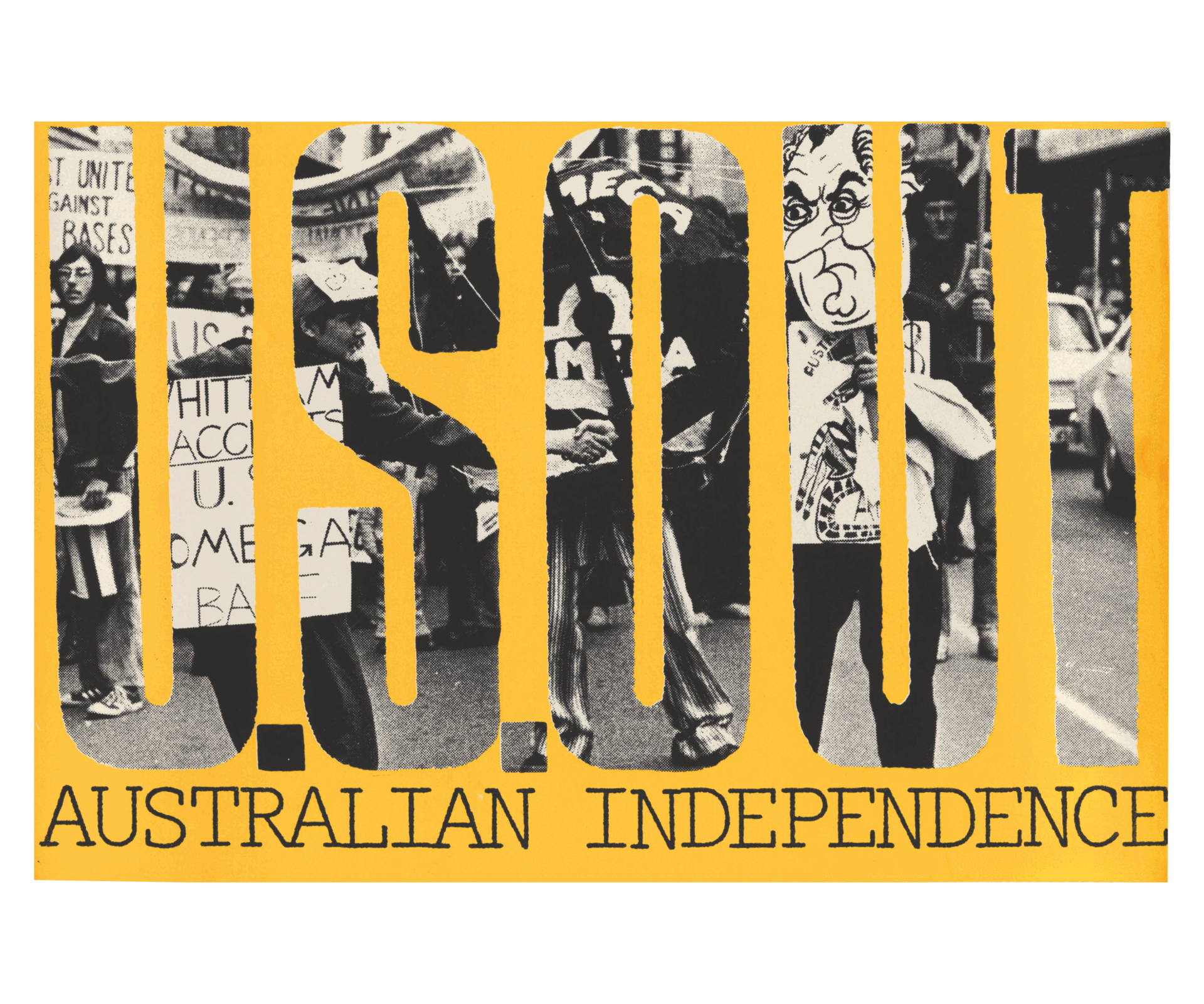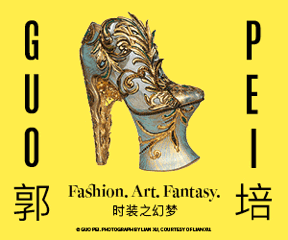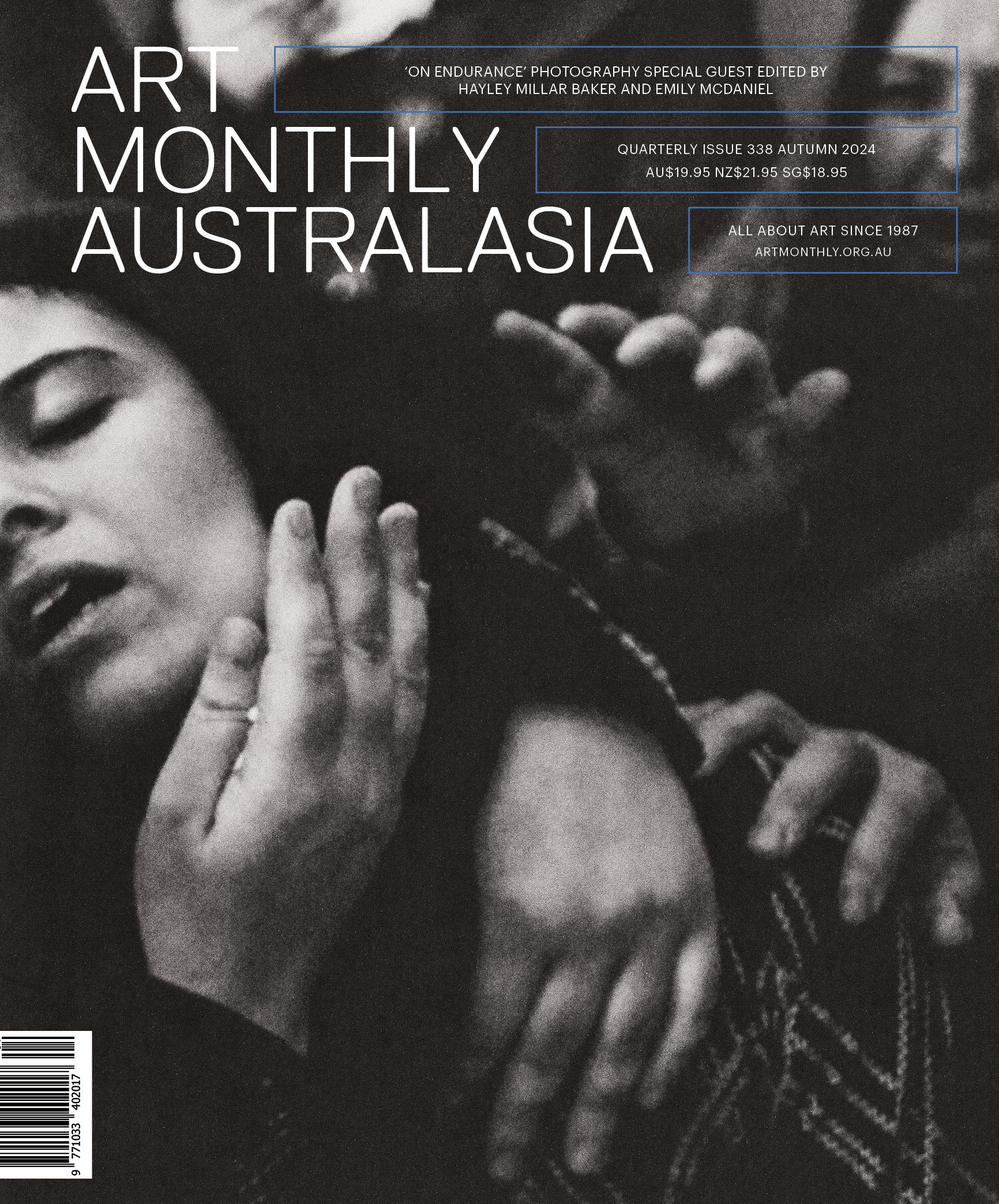David Hockney: An even bigger picture
/David Hockney, 4 Blue Stools, 2014, photographic drawing printed on paper, mounted on Dibond, edition of 25, 107.9 x 176cm; from the collection of John and Helen Hockney; © David Hockney; photo: Richard Schmidt
‘I think mediums can turn you on,’ David Hockney once said. Indeed, over the past 12 months or so, Australian audiences have been privy to the full extent of the octogenarian English artist’s multimedia stimulation. Where the National Gallery of Victoria’s summer blockbuster show ‘Current’ focused on Hockney’s recent iPad drawings (there were over 600 of them), the National Gallery of Australia’s upcoming ‘A different point of view’ (opening 10 November) showcases the British pop artist’s bravura turn in printmaking, a key tenet of his practice since 1954.
In the meantime, Hockney’s technical accomplishments are further delineated with ‘Words and Pictures’, a British Council Collection exhibition recently seen at Tweed Regional Gallery and opening this week at the Blue Mountains City Art Gallery to mark that institution’s fifth birthday. As the title suggests, the transposition of a narrative into art is the underlying theme of the four Hockney suites of prints featured here from 1961 to 1977, and inspired by the works of William Hogarth (‘A Rake’s Progress’), the Brothers Grimm and poets C. P. Cavafy and Wallace Stevens.
Further highlighting the artist’s devilish dexterity, a collection of more recent works, including photographs and iPad drawings, have been provided by the artist’s brother, John, a resident of Australia for over 50 years, along with a screening of the 2009 documentary A Bigger Picture (the Blue Mountains exhibition runs until 3 December). Seen together with the NGA show in Canberra, a heightened view of Hockney is assured.
Michael Fitzgerald, Sydney














































